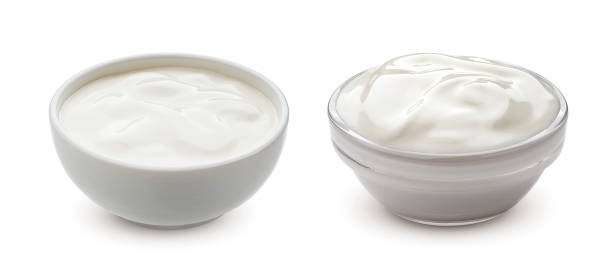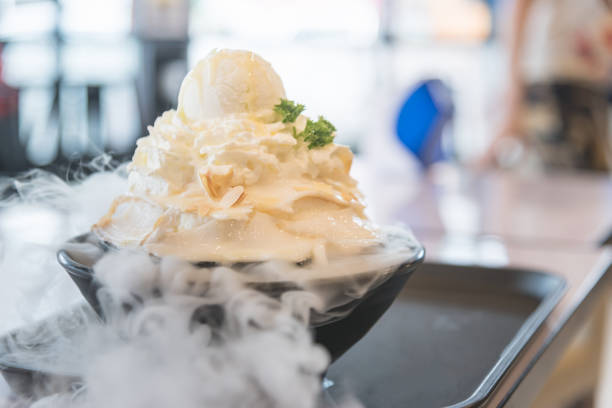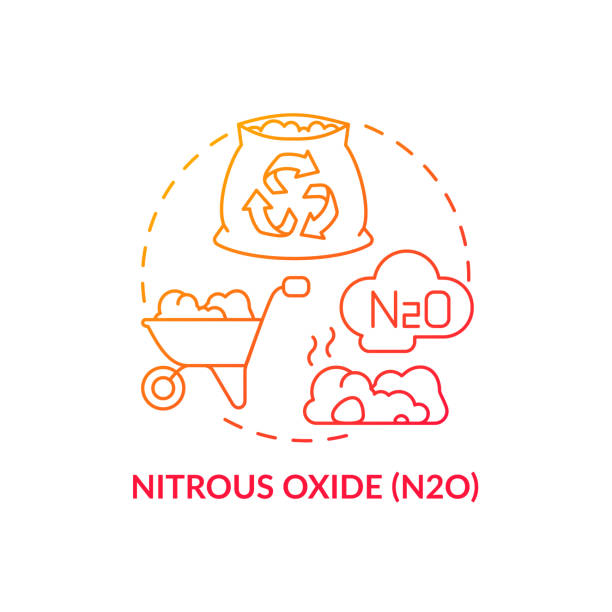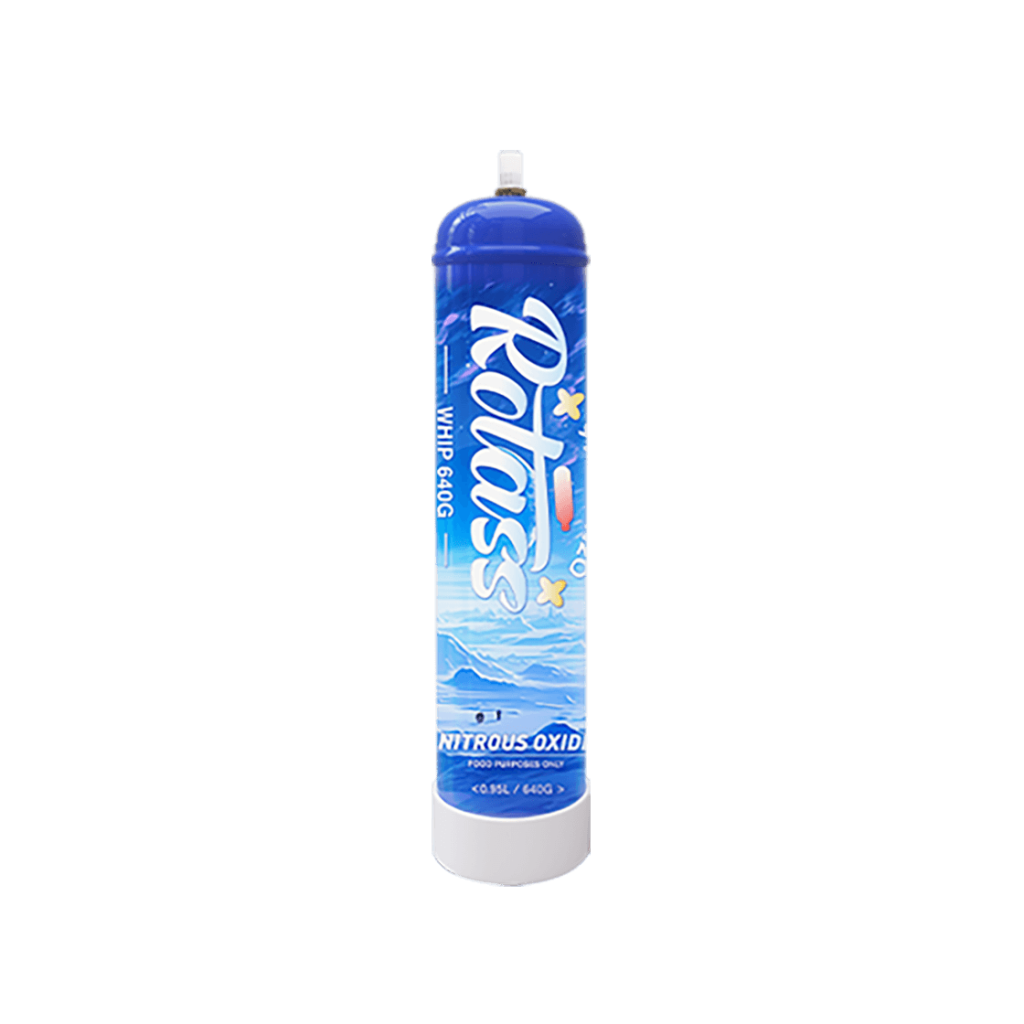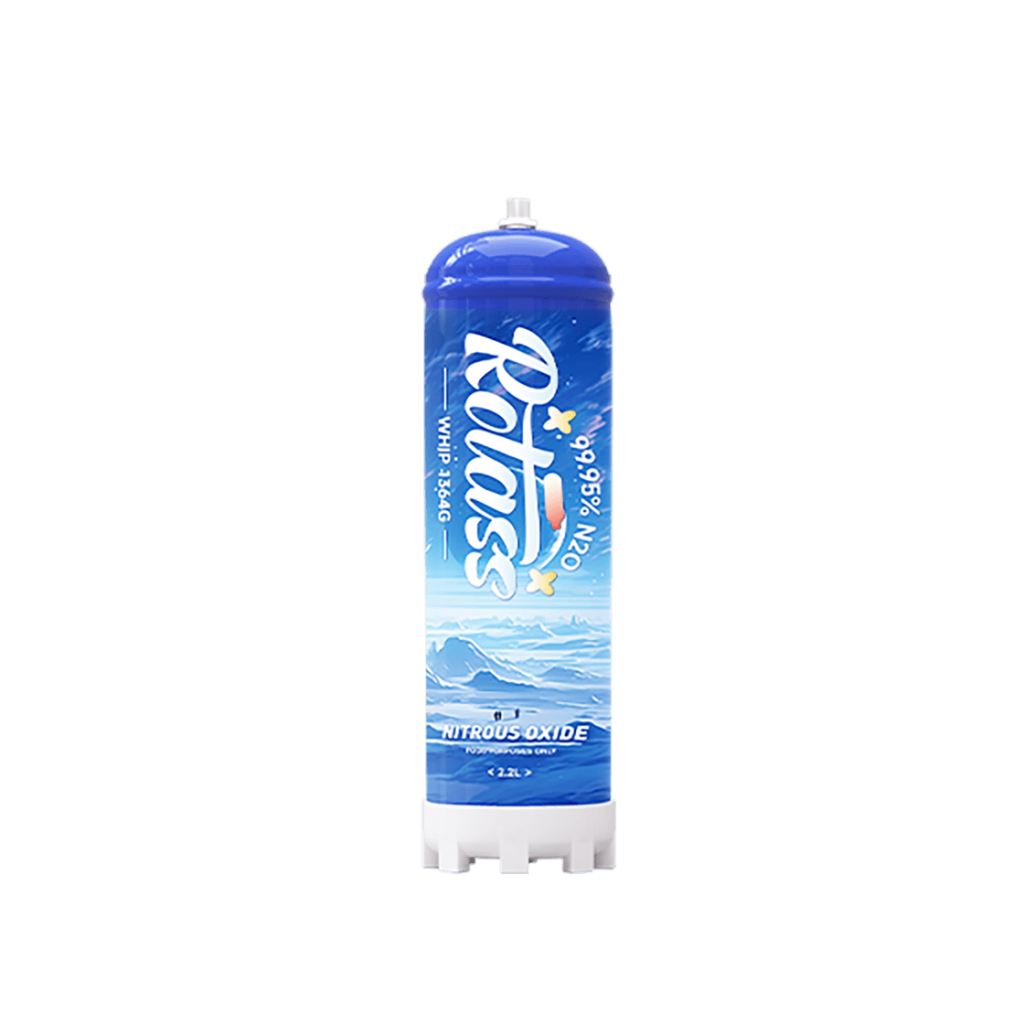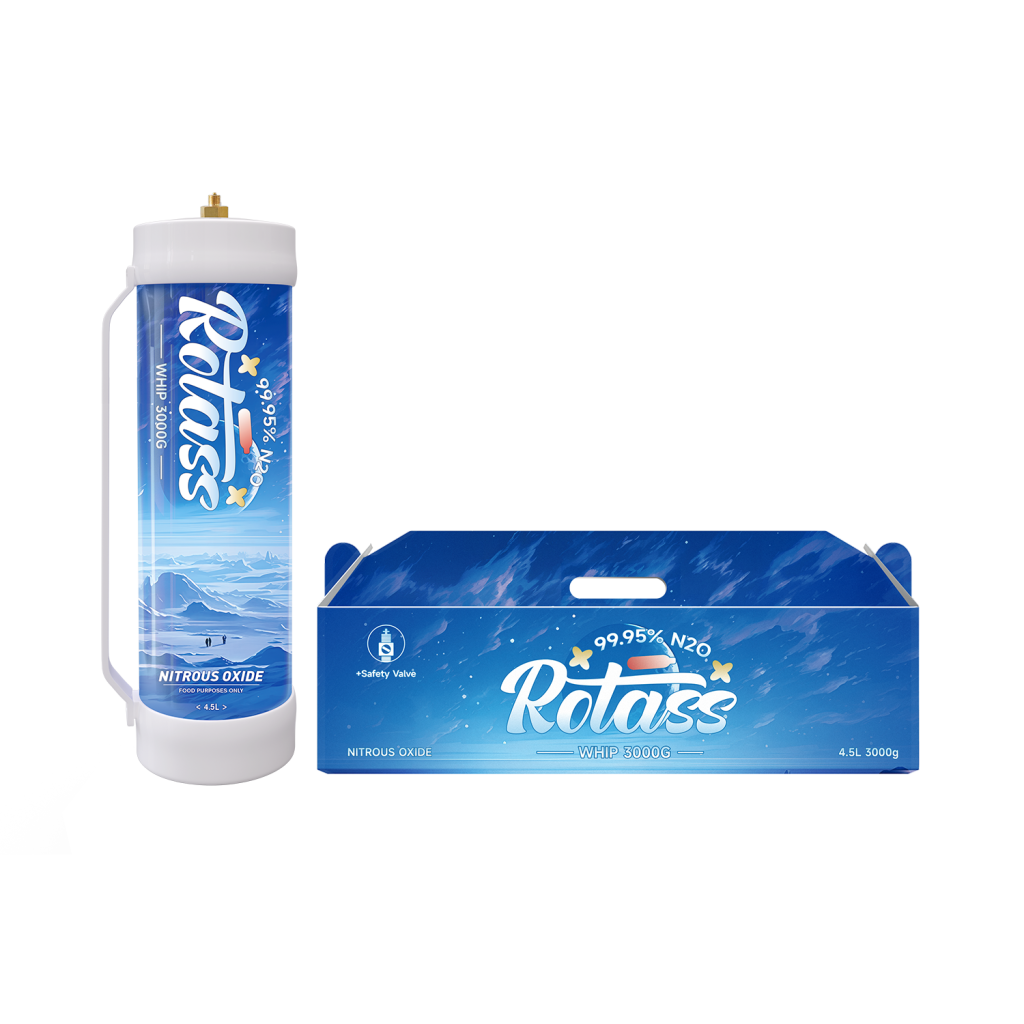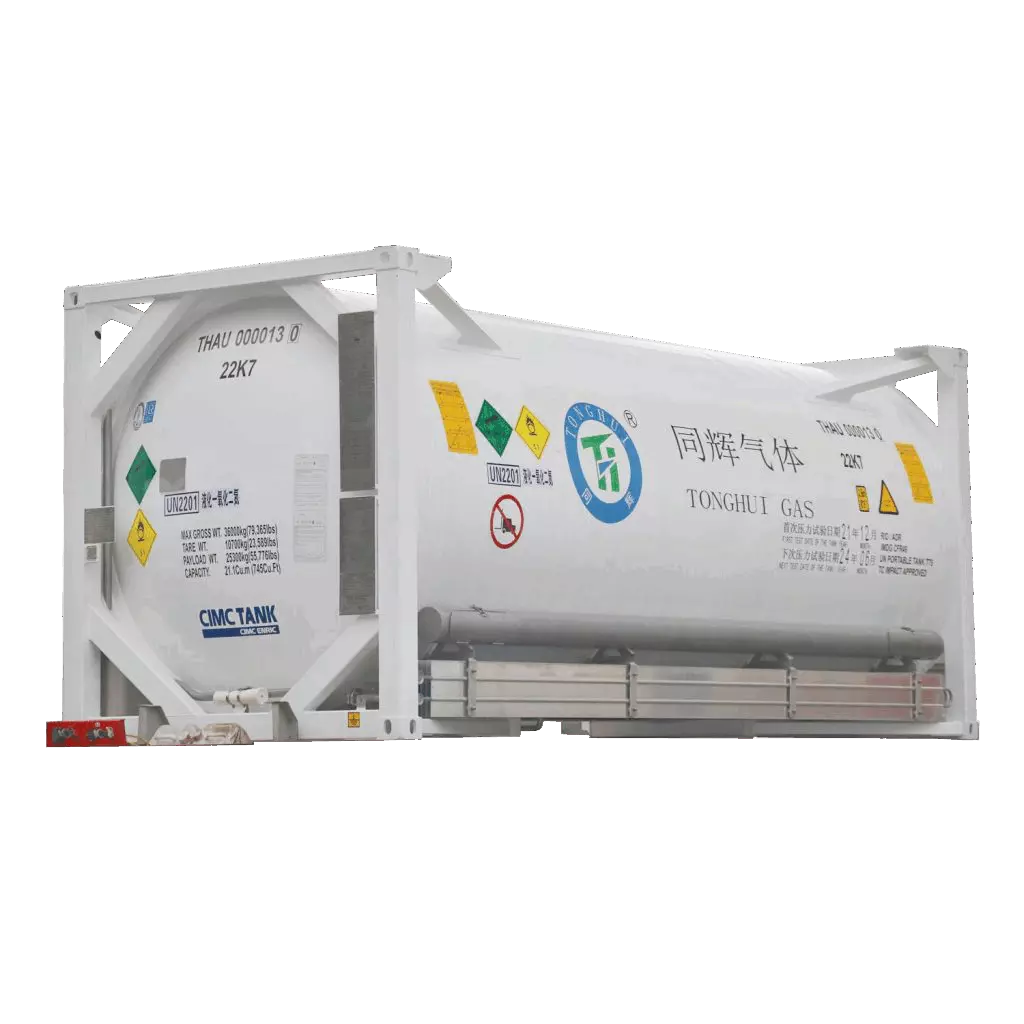2024 / 08 / 05
Shelf Life & Expired Food Grade Nitrous Oxide Tank
Food-grade nitrous oxide, a widely used propellant and aerating agent in the food industry, is stored and transported in specialized tanks. Understanding the shelf life, potential risks associated with expired tanks, and proper disposal procedures is crucial for ensuring safety and compliance within food production facilities. Rotass looks into these critical aspects, providing essential information for businesses handling food-grade nitrous oxide.
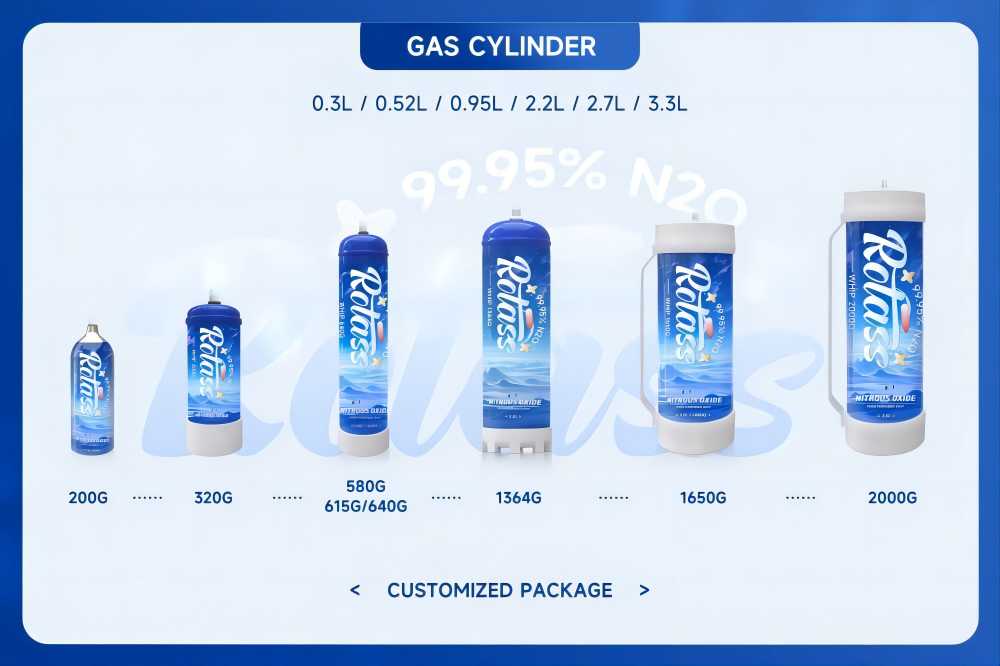
Shelf Life of Food-Grade Nitrous Oxide Tanks
The shelf life of a food-grade nitrous oxide tank is typically tied to its design service life, a period determined by the manufacturer based on the tank’s material and intended use. This lifespan is usually indicated on the tank’s design documentation and markings. According to relevant safety regulations, seamless steel or aluminum alloy cylinders can have their service life extended to up to 30 years, provided that the filling station ensures the tank is consistently well-maintained and passes safety assessments.
However, it’s important to note that the shelf life of a standard gas, often determined by stability experiments, typically ranges from six months to a year. This timeframe generally applies to high-pressure containers filled with standard gases and may not be directly applicable to food-grade nitrous oxide tanks.
For the specific shelf life of a food-grade nitrous oxide tank, it is recommended to consult the manufacturer’s instructions or seek advice from a professional safety inspection agency for the most accurate information. Regular inspection and maintenance of the tank are also crucial for ensuring safe use. If the tank has exceeded its design service life or shows signs of damage, corrosion, or other safety hazards during use, it should be promptly replaced or repaired.
Additional Considerations
- Purity of the Gas: The purity of the nitrous oxide gas can affect the shelf life. Impurities can accelerate degradation and potentially compromise the quality of the gas for food applications.
- Storage Conditions: The storage conditions of the tank, such as temperature, humidity, and exposure to sunlight, can influence the shelf life. Proper storage can help extend the lifespan of the gas.
- Regulatory Compliance: Ensure that the tank and its usage comply with all relevant food safety and gas handling regulations.
- Labeling: The tank should be clearly labeled with the manufacturer’s name, date of manufacture, and expiration date (if applicable).
- Risk Assessment: Conduct a regular risk assessment to identify potential hazards associated with the storage and use of nitrous oxide tanks.
In conclusion, while the general guidelines for the shelf life of gas cylinders can provide a starting point, it’s essential to obtain specific information from the manufacturer or a qualified expert for food-grade nitrous oxide tanks. By following recommended practices and adhering to safety regulations, you can ensure the safe and effective use of these tanks in food applications.

Potential Safety Risks of Expired Food-Grade Nitrous Oxide Tanks
Expired food-grade nitrous oxide tanks pose several potential safety hazards:
- Decreased Structural Integrity: Over time, the materials of the cylinder can degrade, corrode, or experience metal fatigue, reducing its ability to withstand pressure and increasing the risk of leaks or explosions.
- Deteriorated Seal Performance: The valves and seals of the cylinder can wear or damage over time, leading to gas leaks, which is particularly hazardous for flammable or toxic gases.
- Safety Device Failure: Safety devices on the cylinder, such as pressure relief valves, may malfunction due to age and fail to release excess pressure when necessary, potentially causing the cylinder to rupture.
- Changes in Chemical Stability: The nitrous oxide gas within the food-grade cylinder may change over time, losing its original stability, which could compromise its safety for use as a food additive.
- Environmental Contamination: Gas leaks from the cylinder can contaminate the environment and pose health risks to humans and ecosystems.
Additional Considerations
- Food Contamination: Expired nitrous oxide may contain impurities or contaminants that could potentially contaminate food products if the gas is accidentally released.
- Fire Hazard: Nitrous oxide is a strong oxidizer and can support combustion. A leak from an expired cylinder in an enclosed space could create a fire hazard.
- Health Risks: Inhalation of nitrous oxide can cause dizziness, headaches, and even asphyxia. Exposure to high concentrations can be fatal.
In conclusion, expired food-grade nitrous oxide tanks present significant safety hazards and should never be used. It is crucial to adhere to all relevant safety regulations and guidelines when handling and disposing of these cylinders. Always consult with a qualified expert or regulatory agency for specific guidance on safe handling and disposal procedures.
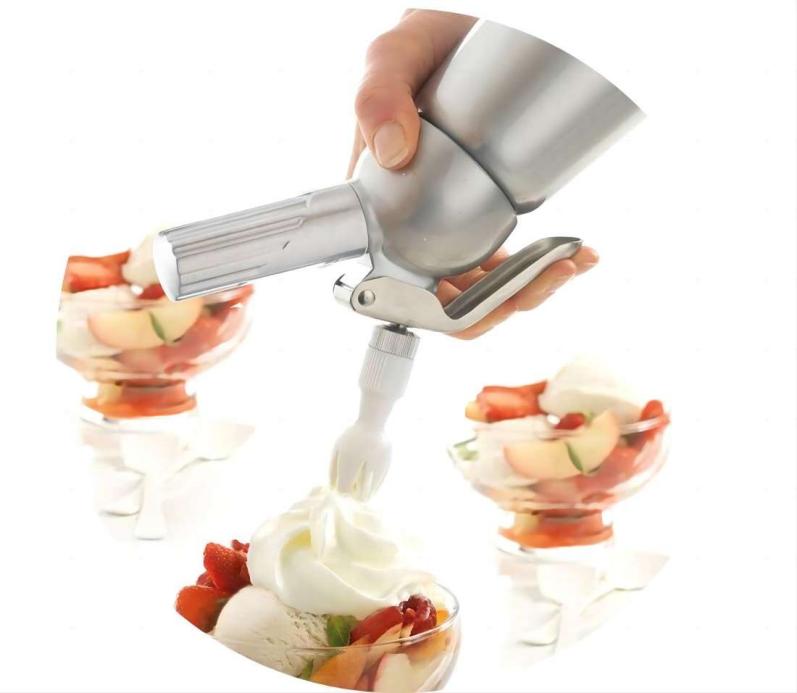
Proper Disposal of Expired Food-Grade Nitrous Oxide Tanks
The correct disposal of expired food-grade nitrous oxide tanks involves the following steps:
- Safety Assessment: Before handling any expired cylinder, conduct a thorough safety assessment to check for damage, leaks, or other safety hazards.
- Professional Handling: Contact a specialized waste disposal company with the appropriate qualifications to arrange for the safe transportation and disposal of the cylinder.
- Labeling and Record-Keeping: Ensure that the cylinder is properly labeled, indicating its contents, expired status, and maintain detailed records of the disposal process.
- Regulatory Compliance: Strictly adhere to all local environmental regulations and safety guidelines throughout the disposal process.
- Waste Classification: Properly classify the cylinder as waste based on its specific composition and properties.
- Final Disposal: Select the appropriate final disposal method, such as incineration, recycling, or secure landfill, to ensure that the environment is not contaminated.
Precautions
- Personal Protective Equipment: Always wear appropriate personal protective equipment to prevent exposure to hazardous substances.
- No Tampering: Do not attempt to disassemble or repair the cylinder yourself, as this can be extremely dangerous.
- Avoid Heat Sources: Keep the cylinder away from high temperatures, sparks, or open flames during the disposal process.
Additional Considerations
- Emergency Preparedness: Have an emergency response plan in place in case of any accidents or incidents during the disposal process.
- Training: Ensure that all personnel involved in the disposal process are properly trained in handling hazardous materials.
- Environmental Impact: Consider the potential environmental impact of different disposal methods and choose the option that minimizes harm to the environment.
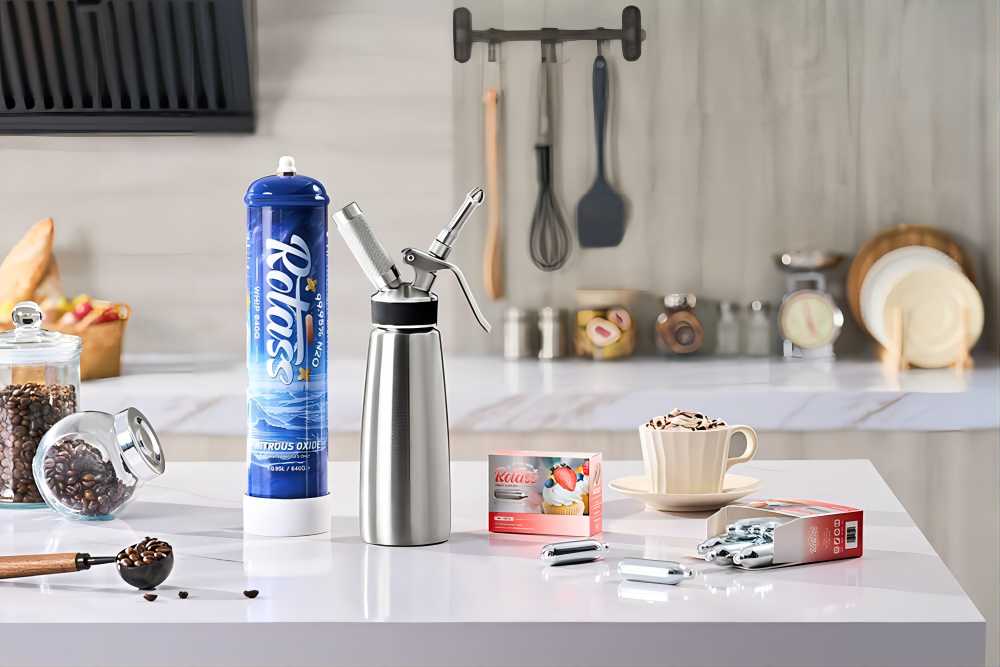
Conclusion
The safe and responsible management of food-grade nitrous oxide tanks is paramount for maintaining product quality, protecting personnel, and safeguarding the environment. By understanding the shelf life, recognizing the potential hazards of expired tanks, and following proper disposal procedures, food businesses can mitigate risks and ensure compliance with regulatory standards. Implementing robust safety protocols and regular inspections of nitrous oxide tanks are essential steps in upholding food safety and environmental responsibility. The next time leading specialty gas manufacturer in Southwest China Rotass will give you more information about the food-grade nitrous oxide tanks, please choose us and follow us.

